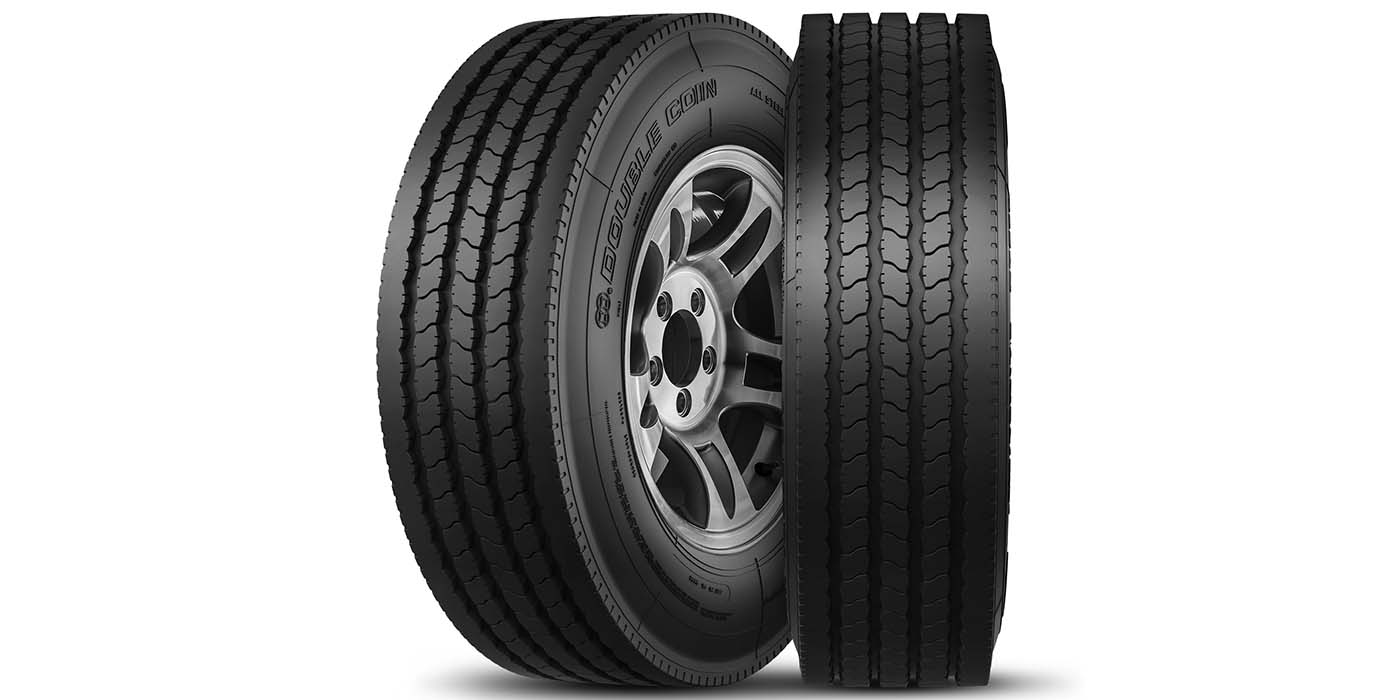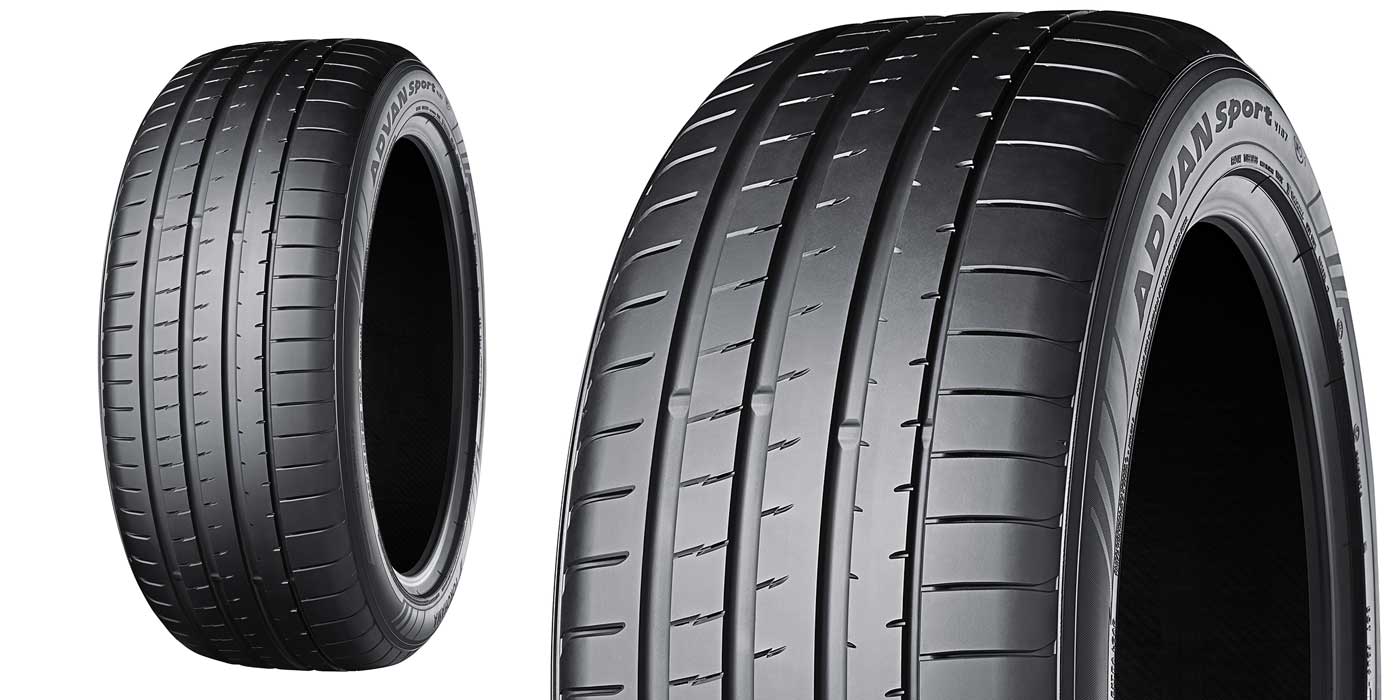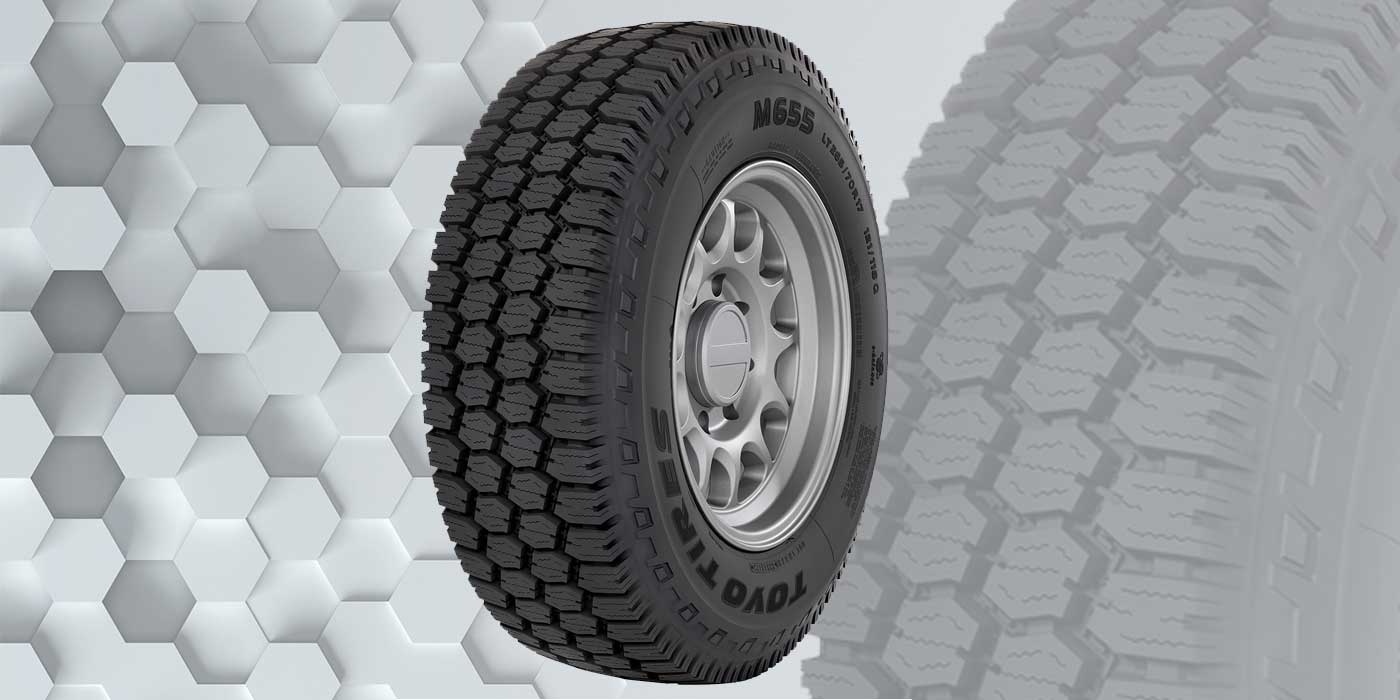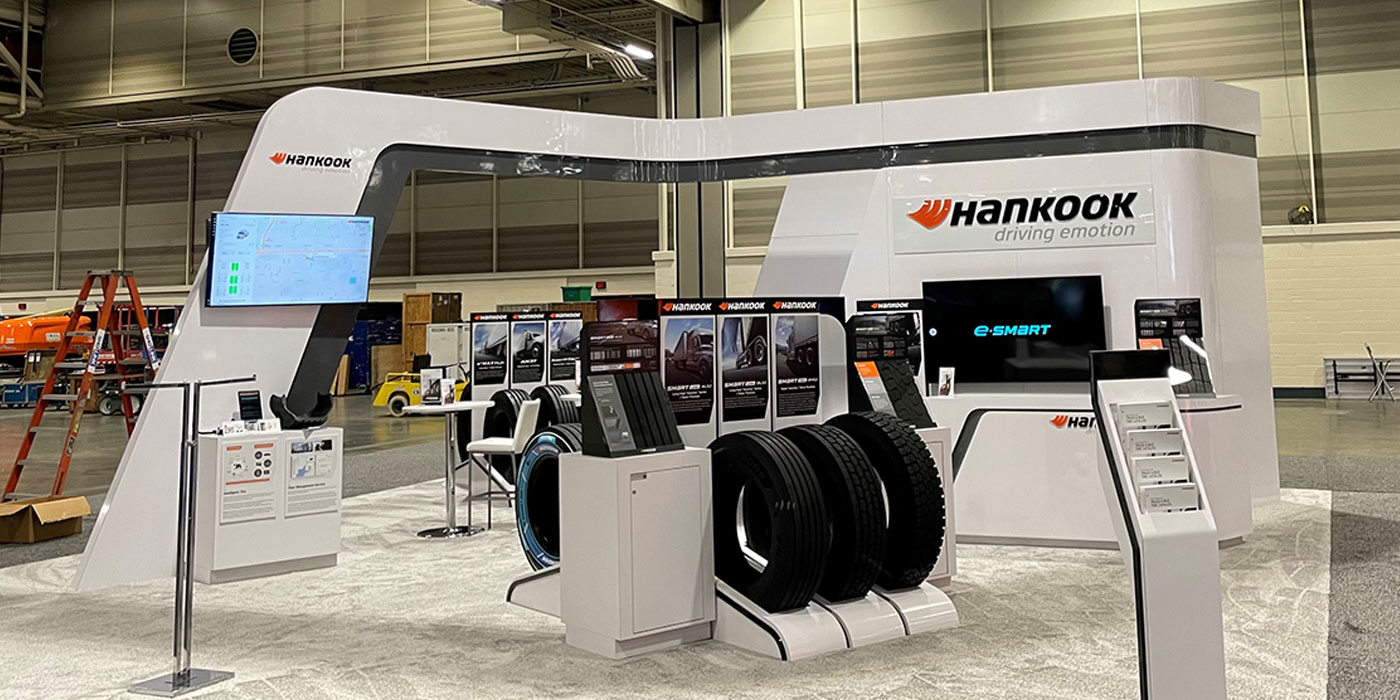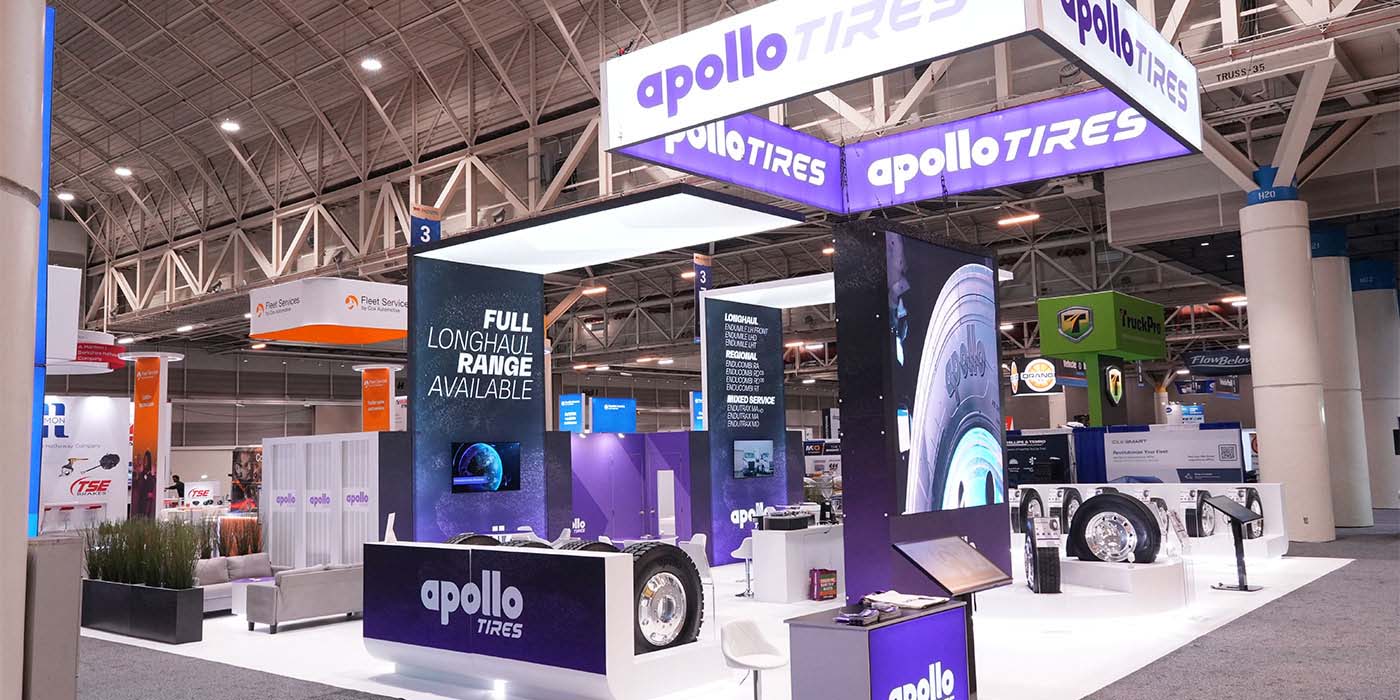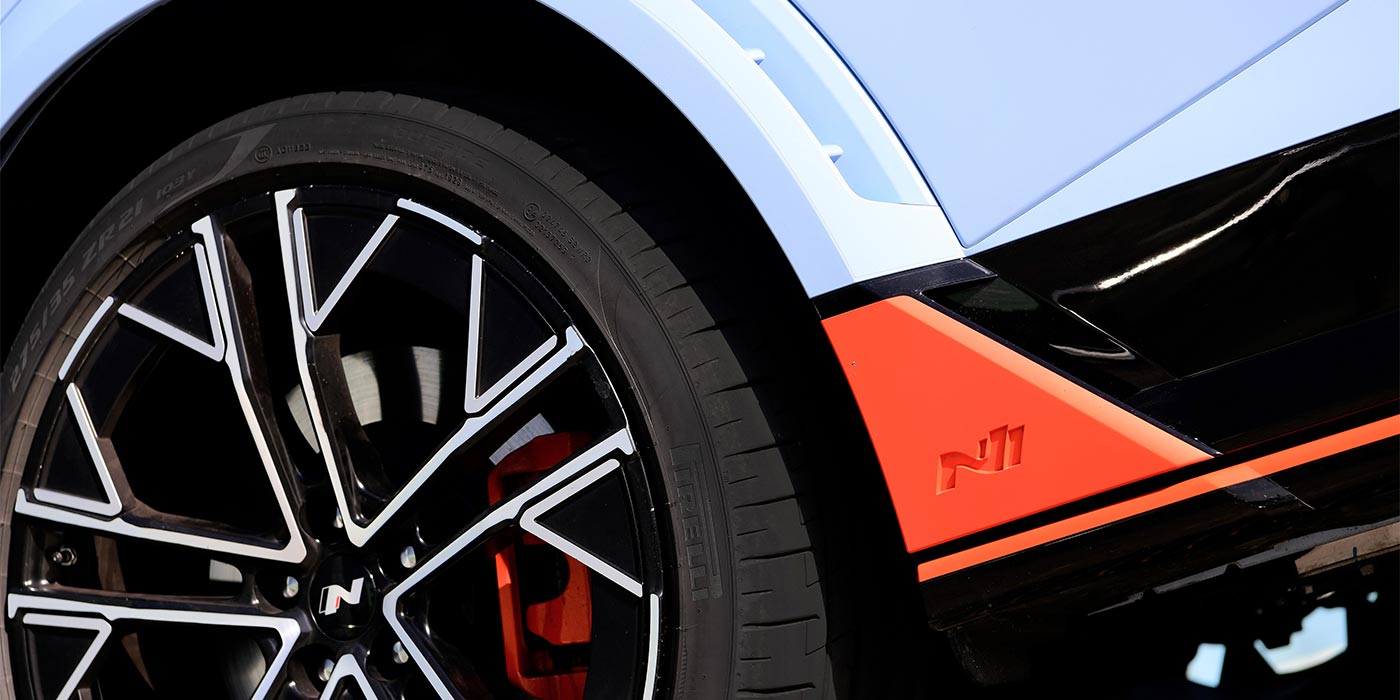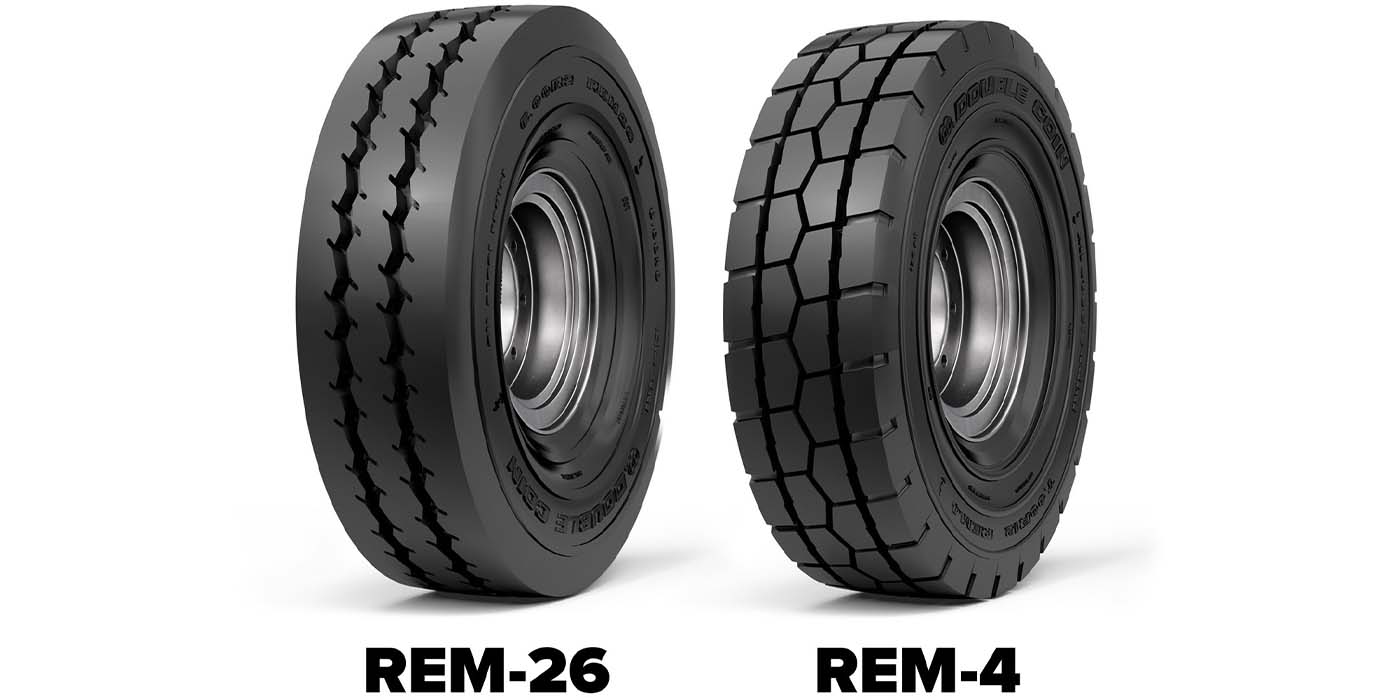One of the questions good fleet managers ask and research periodically is: “How can I improve my tire program?”
The well-traveled statistic that tires are typically the second-highest non-labor operating expense for on-highway fleets prioritizes tire management for fleets. That fact, especially for mixed-service (on/off road) fleets, puts extra emphasis on tires.
The usual, top-ranking benefits of effective tire management are lower operatonal cost-per-mile and improved reliability in the form of uptime. There are, of course, many other, less-obvious advantages of well-run programs.
As a servicing commercial tire dealer, supporting fleet interests will add loyalty, confidence, and long-term stability to your customer relationships.
Beyond the Basics
Purchasing high-quality new tires well matched to specific equipment and operating conditions is the cornerstone of any top-flight tire program. Inflation maintenance gets the nod as the single most important maintenance variable in helping truck tires achieve their full potential life cycle.
While buying quality tires and keeping them properly inflated are basic requirements for most truck tire customers, there are still potential savings left on the table. Once tire service life begins, the picture – from your customers’ perspective, at least – rapidly increases in complexity.
Additional people and uncontrollable influences become involved in the use, maintenance, repair, retreading and replacement of tires. Also, confusion becomes more likely since tires can be symptomatic of a variety of vehicle and vocational conditions. And, these conditions may or may not relate to tire-specific deficiencies.
Identifying and quantifying specific opportunities for further improvements is best accomplished using proven tools and measurements. One of the most basic, yet most often overlooked, opportunities is scrap-tire analysis.
Tire Aging Deconstructed
Tire-design engineers and chemists note that there are three primary mechanisms that cause tires to age “normally.” First is pure chronologic age, or time from manufacture. Modern radials are constructed of approximately 40 different components and contain 12 or more different rubber compounds. These components simply wear out as their physical properties and the adhesive bonds holding them together deteriorate with time and exposure to the elements.
Secondly, casing fatigue cycling, the process of load carrying and deflection in the footprint area, takes its toll after many miles. Thirdly, torque transfer – circumferential stress due to acceleration and braking forces transferred from vehicle to road surface – also impacts the tire casing over time.
Well-managed fleets are often able to juggle these factors to create an optimal mix that matches their combination of equipment types, service conditions and trade cycles. A common practice is retreading highly torqued drive tires for next-life service on free-rolling trailer positions and retreading high-quality steer and trail (free-rolling) tires with drive treads. This extends overall average casing life by evening out the stress levels each casing type faces. Fleet customers should establish a desired/expected lifespan for their tires. This can be based on real-world experience or by referencing similar fleets and equipment. Commonly, line-haul fleets retire casings 10 years from their in-service/manufacture date and/or two to three retreads.
Cause of Death
Fleets that scrap tires earlier should re-examine those retired tires carefully and separate those with structural failures (e.g., casing separation, retread failures, cracking) from those that have been removed prematurely because of damage or injury.
The next step is to do a little forensics and determine a reason for each tire’s demise. Structural failures may be caused by improper inflation, mismatching the tire to the service requirements, a specific tire deficiency, overloading or other conditions.
Correcting these failures may involve changes such as tire/retread program revisions, maintenance upgrades or new equipment spec revisions. Tires removed due to damage or injury often reveal additional needs for driver training, shop and yard housekeeping, customer dock facilities, shop pit or fuel lane guide rails, etc.
While fleet input can be valuable, it is essential that you adequately train your salespeople and technicians and provide them with access to experts in truck spec’ing and alignment analysis.
Careful, knowledgeable observation of tires finally removed from service is truly an accurate way to answer two basic cost-control questions: 1) What was the primary condition that caused the tire to be replaced the tire? 2) How could that decision have been safely postponed?
To hone in on specific causes for tire conditions, several opinions are sometimes needed. Experience and the ability to understand the complex working relationships between equipment types, maintenance practices, driver habits, new-tire suppliers and retread processors are beneficial for accurately analyzing scrap tires.
Well-trained field tire engineers are generally considered the final authority when it comes to defining the reasons for tire removals. In some cases, vehicle service engineers, suspension engineers or alignment experts can help relate tire conditions to specific equipment or service variables.
A Natural Resource
Standardized definitions for out-of-service tire conditions – including written descriptions and illustrative photos for over-the-road radials – are available in the “Radial Tire Conditions Analysis Guide” (Item T0121) published by the Technology and Maintenance Council (TMC) of the American Trucking Associations (ATA). TMC’s Web site is located at http://tmc.truckline.com.
Recommendations, such as those by TMC, reflect a sizeable database of experience, and any deviation should be based on carefully collected data on equipment and operating conditions.
For example, company policy and customer-specific service conditions – or expected tire life and intervals between maintenance services and inspections – may be best served with slight modifications to standardized tire replacement and maintenance guidelines.
Nevertheless, considerable information and potential cost savings are often available in scrap tire storage areas.
Once accurate and interpretive diagnoses have been made, recommending changes for improvement in your customers’ tire programs can then become more focused.
And, if you take a genuine, active interest in your commercial customers’ priorities, you can expect long-term loyalty from them in return.

